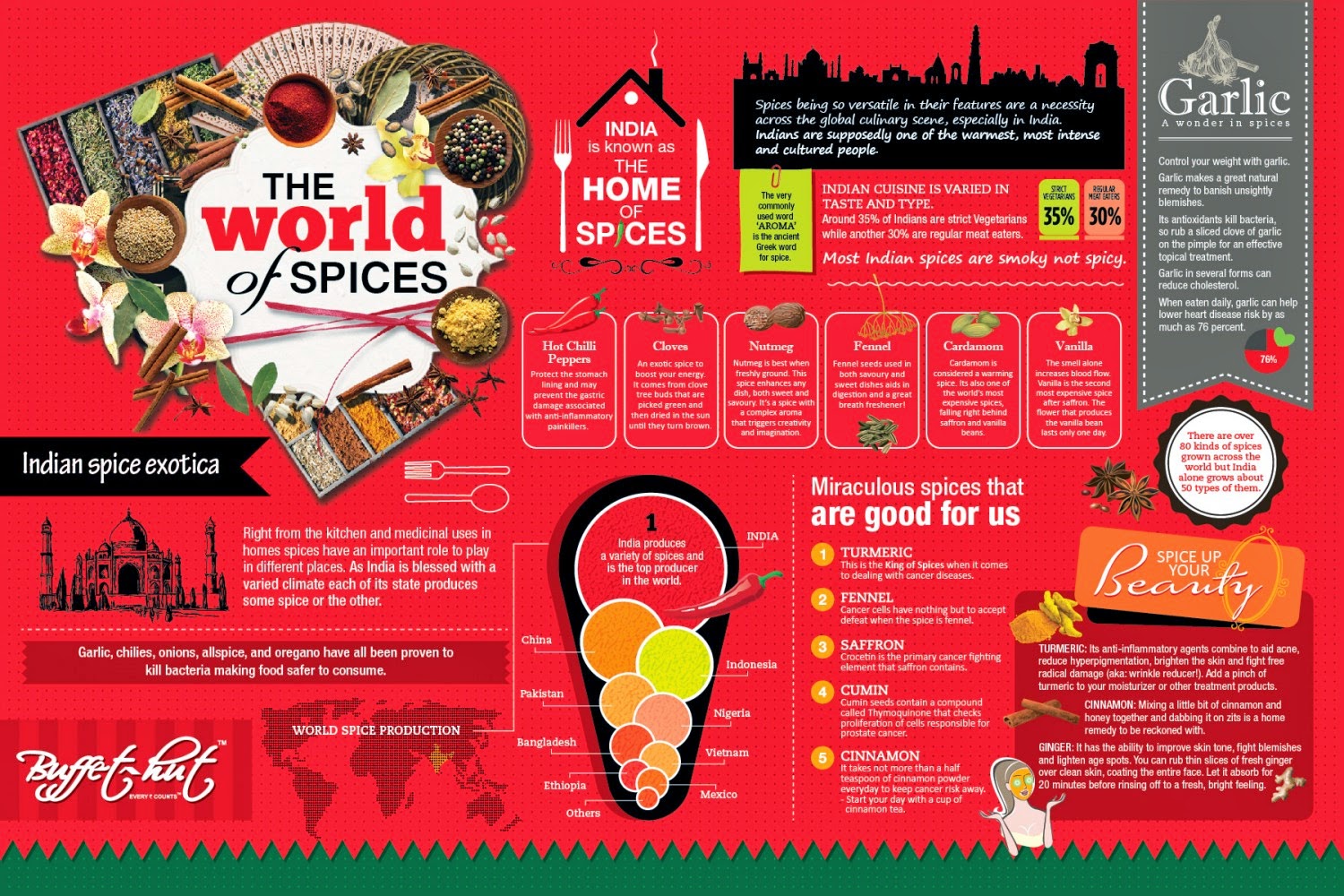New genetic evidence could strengthen the link between the role of dietary fats with colon cancer progression.
Because this cancer occurs in the digestive tract, scientists have often considered important links to diet. Now new evidence verifies a connection to dietary fats, such as those found in processed meats, butter, beef and pork fat, shortening, and margarine. Dr. Raymond DuBois, of Arizona State University, has identified a molecule, called peroxisome proliferator-activated receptor delta (PPAR delta), which, when deleted in mice with colon cancer, stopped the progression of tumor growth.
The study was published in the April 21 early online edition of the Proceedings of the National Academy of Sciences.
The DuBois research team has been in pursuit of uncovering the links between inflammation and colon cancer for the past two decades. Colorectal cancer is the second leading cause of cancer deaths in the U.S.
Diet and cancer
Known risks for colorectal cancers — tumors affecting the colon and the rectum are commonly grouped together as they affect the digestive tract — include family history, inflammatory bowel disease, smoking, and type 2 diabetes.
Foods high in saturated fats may also increase risk and so general advice to help you avoid colorectal cancer is to focus on your diet. Recent, large studies, for instance, suggest that fiber, especially from whole grains, may lower colorectal cancer risk. Doctors also recommend you limit your intake of red and processed meats, eat more vegetables and fruits, watch your weight (especially watch for gains around the midsection), avoid excessive alcohol and get recommended levels of calcium and vitamin D, which may work together to prevent these cancers.
The facts about fat
But there is a dark side to fat. Fat is high in calories and small amounts can add up quickly. If you eat more calories than you need, you will gain weight. Excess weight is inked to poor health.
Research about the possible harms and benefits of dietary fat is always evolving. And a growing body of research suggests that when it comes to dietary fat, you should focus on eating healthy fats and avoiding unhealthy fats. Simply stated, fat is made up of varying amounts of fatty acids. It's the type and amount of fatty acid found in food that determines the effect of the fat on your health.
Harmful dietary fat
- Saturated fat. This is a type of fat that comes mainly from animal sources of food, such as red meat, poultry and full-fat dairy products. Saturated fat raises total blood cholesterol levels and low-density lipoprotein (LDL) cholesterol levels. Saturated fat may also increase your risk of type 2 diabetes and cancer.
- Trans fat. This is a type of fat that occurs naturally in some foods in small amounts. But most trans fats are made from oils through a food processing method called partial hydrogenation. By partially hydrogenating oils, they become easier to cook with and less likely to spoil than do naturally occurring oils. Research studies show that these partially hydrogenated trans fats can increase unhealthy LDL cholesterol and lower healthy high-density lipoprotein (HDL) cholesterol. This can increase your risk of cardiovascular disease.
Healthier dietary fat
- Monounsaturated fat. This is a type of fat found in a variety of foods and oils. Studies show that eating foods rich in monounsaturated fats (MUFAs) improves blood cholesterol levels, which can decrease your risk of heart disease. Research also shows that MUFAs may benefit insulin levels and blood sugar control, which can be especially helpful if you have type 2 diabetes.
- Polyunsaturated fat. This is a type of fat found mostly in plant-based foods and oils. Evidence shows that eating foods rich in polyunsaturated fats (PUFAs) improves blood cholesterol levels, which can decrease your risk of heart disease. PUFAs may also help decrease the risk of type 2 diabetes.
- Omega-3 fatty acids. One type of polyunsaturated fat is made up of mainly omega-3 fatty acids and may be especially beneficial to your heart. Omega-3, found in some types of fatty fish, appears to decrease the risk of coronary artery disease. It may also protect against irregular heartbeats and help lower blood pressure levels. There are plant sources of omega-3 fatty acids. However, the body doesn't convert it and use it as well as omega-3 from fish.
Tips for choosing foods with the best types of dietary fat
First, focus on reducing foods high in saturated fat, trans fat and cholesterol. Then emphasize food choices that include plenty of monounsaturated fats (MUFAs) and polyunsaturated fats (PUFAs). But a word of caution — don't go overboard even on healthy fats. All fats, including the healthy ones, are high in calories. So consume MUFA-rich and PUFA-rich foods instead of other fatty foods, not in addition to them.
Here are some tips to help you make over the fat in your diet:
- Use the Nutrition Facts label when selecting foods. Read food labels and look for the amount of trans fat listed. By law a serving of food containing less than 0.5 grams of trans fat can be labeled as 0 grams. Therefore, it is important to also check ingredient lists for the term "partially hydrogenated." It's best to avoid foods that contain trans fat and those that have been partially hydrogenated.
- Prepare fish, such as salmon and mackerel, instead of meat at least twice a week to get a source of healthy omega-3 fatty acids. Limit sizes to 4 ounces of cooked seafood a serving, and bake or broil seafood instead of frying.
- Use liquid vegetable oil instead of solid fats. For example, saute with olive oil instead of butter, and use canola oil when baking.
- Use olive oil in salad dressings and marinades.
- Use egg substitutes instead of whole eggs when possible.
- Select milk and dairy products that are low in fat.
Sources: http://www.eurekalert.org/, http://www.medicaldaily.com/, http://www.mayoclinic.org/



















































